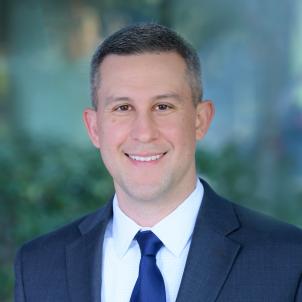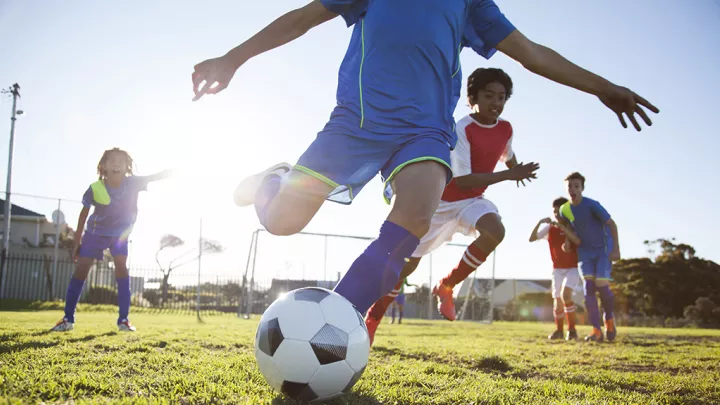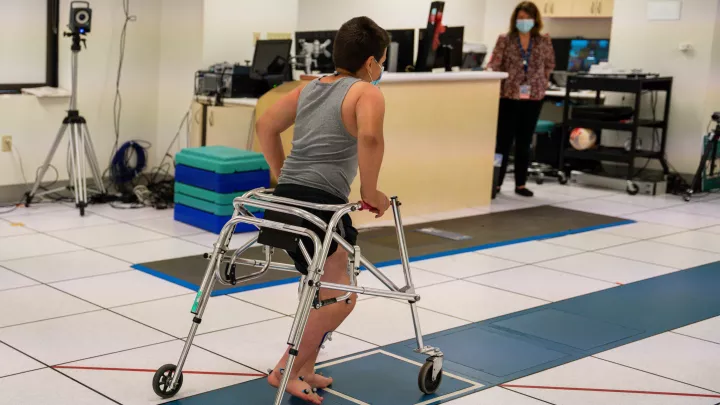
Kids May Take More Than a Month Longer to Recover From Non-Sports Related Concussions
When it comes to pediatric concussions, a common question is how long it will take for a child to fully recover. But the answer can depend on several factors.

Now, a new study at Children’s Hospital Los Angeles has found that one of those factors is whether the concussion is sports related. Investigators found that youth who sustain a concussion from non-sports activities take more than a month longer to recover than those whose concussions occurred during a sport. Researchers also found that concussion recovery times overall tend to be longer for children and adolescents than for adults—and for females versus males.
The study was led by Jonathan Santana, DO, a primary care sports medicine specialist, and Tishya Wren, PhD, an orthopedic investigator, in collaboration with research associate Abigail Padilla and neuropsychologist Anita Hamilton, PhD, ABPP-CN.
Dr. Santana presented the findings at the American Medical Society for Sports Medicine Annual Meeting, held April 22-27 in Kansas City, Missouri.
Multiple variables affect time to clearance
As a leader in concussion care and research for kids, Children’s Hospital Los Angeles provides specialized care for youth through its Sports Concussion Clinic, part of the Sports Medicine Program in the Jackie and Gene Autry Orthopedic Center. Dr. Santana is one of several expert physicians in the program.

“The purpose of this study was to determine if, depending on different factors, there is any difference in time to clearance–when a concussion resolves and a child can go back to everyday activities like school and sports,” he explains. “We looked specifically at sports-related versus non-sports related concussions and considered age and gender as variables.
“One thing that I and other sports medicine physicians have seen is that kids who sustain a concussion via sports seem to get better quicker than kids who don’t,” he adds. “We wanted to confirm if this was supported by evidence.”
The retrospective study analyzed data from 104 concussion patients treated at CHLA—43 males and 61 females—ranging in age from 6 to 20 years. Overall, the median time to clearance for the group was 65 days.
But for those who sustained concussions in non-sports activities, the median time to clearance was 91 days—compared with 54 days for those who were injured during a sport.

In addition, rates of prolonged symptoms were higher for young people with non-sports concussions compared with those with sports related concussions at 30, 60, and 90 days after the original injury.
Separately, researchers also found that age and gender impacted recovery time. Overall, the median time to clearance was twice as long for females—91 days versus 45 days for males. In addition, recovery times tended to be shorter for older patients than for younger individuals.
Impacting future concussion care
Dr. Santana believes this new research may help to guide future pediatric concussion treatment.
“We normally try not to treat concussions differently if they are sports related or not, but since this data shows that non-sports concussions tend to involve prolonged recovery, maybe we can be more aggressive in rehabilitation strategies with those patients,” he says.

In terms of next steps, Dr. Santana hopes to explore whether the cause of the injury affects how long patients take to come into the clinic.
“If you sustain a concussion during sports, usually a coach, trainer, or parents in the stands see it happen and encourage you to seek medical treatment right away. But if you fall off your bike and nobody sees it, you may be less likely to get it checked out until you start noticing symptoms like headaches,” he explains. “And waiting to seek care for a concussion can be a risk factor for prolonged recovery or persisting symptoms. So that’s something we want to delve into further.”
Dr. Santana emphasizes the need for additional concussion research focusing specifically on young people. “We need more research in this area because the younger a patient is, the harder it can sometimes be to promptly diagnose them with a concussion,” he notes. “Our team is eager to continue researching concussions in young patients.”


